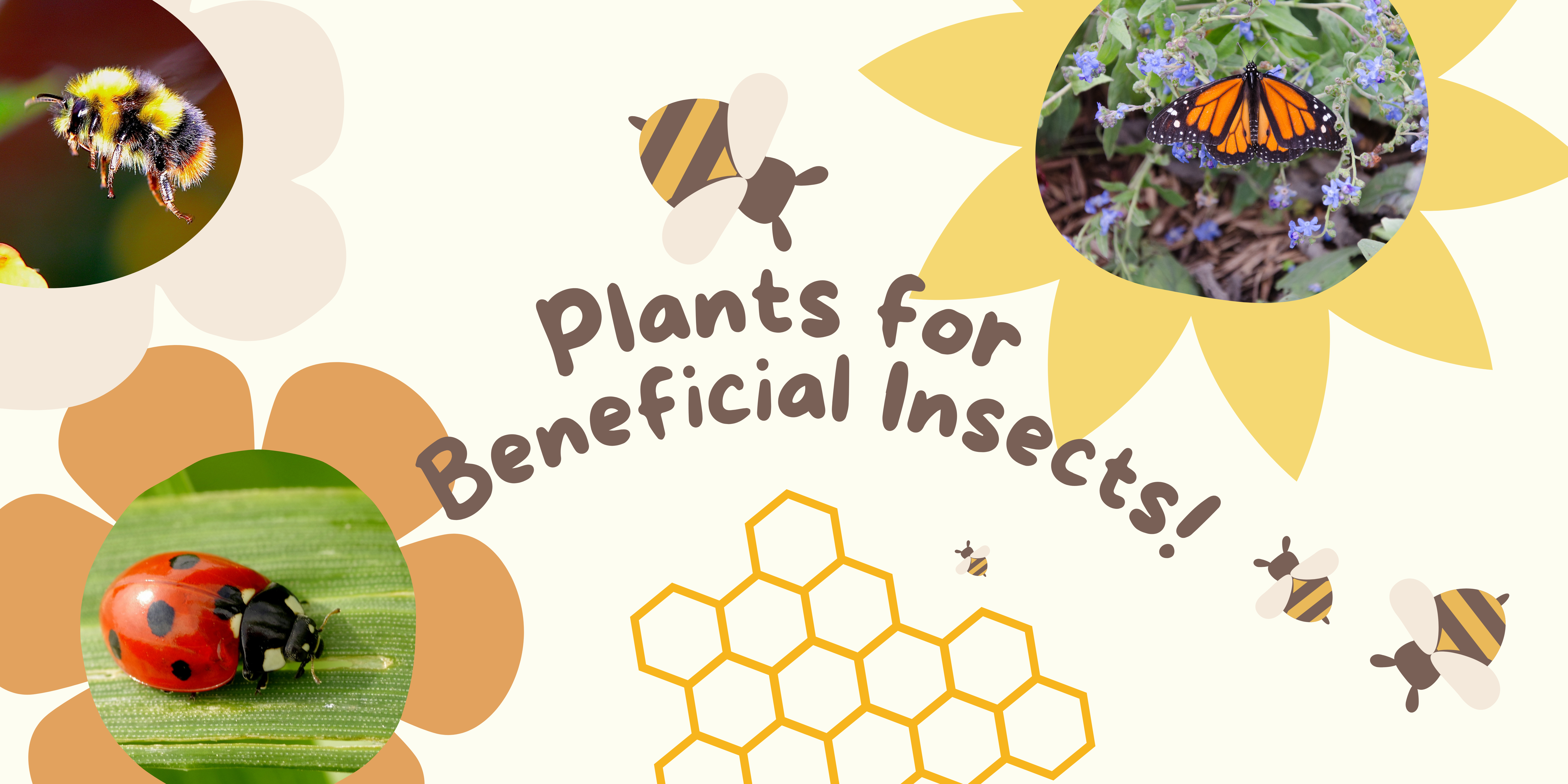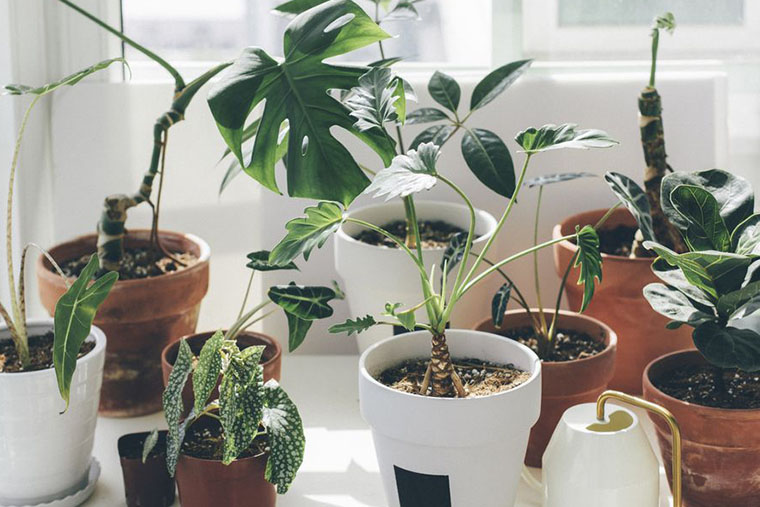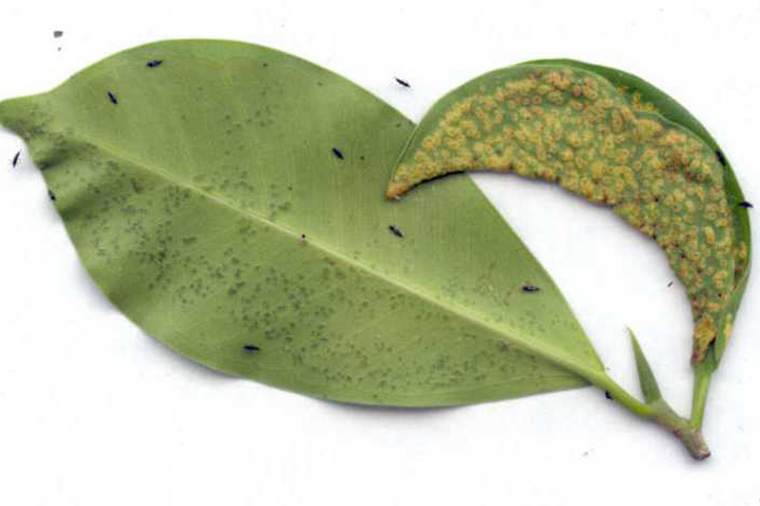What is Black Knot?
Black Knot is a fungus (apiosporina morbosa) which is characterized by its black, tar-like lumpy growths affecting the Prunus family of plants. It is an airborne fungus which overwinters in the knots, then releases spores in the early spring of the infection’s second season, typically during rain. The spores are distributed long distances on wind currents and through rain splashing. Black Knot typically affects new green twigs, but can also affect mature branches or trunks, especially if physical damage is present. If left un-checked, these black galls will continue to grow and will eventually girdle the branch or trunk and kill it. The stress caused to the tree can also make it susceptible to other diseases and can affect the overall health of the tree. Black Knot is highly contagious.
Affected Species
Amur Cherry
Chokecherry
Nanking Cherry
Pin Cherry
Sour Cherry
Sand Cherry
Dropmore Cherry
Mongolian Cherry
Korean Cherry
Black Cherry
Native Cherry species
Mayday Tree
Apricot
Flowering Almond
Cultivated Plum
Wild Plum
Flowering Plum
Japanese Plum
Prunus Hybrids

How to Identify Black Knot
Symptoms
Stage 1 : The branch will turn light brown and start swelling. These swellings can be difficult to notice.
Stage 2 : The swelling will continue to grow. As it matures, it will turn into visible hard, black galls.
Stage 3 : As the galls continue to grow internally and externally, it can eventually kill the branch and tree.
How to Manage Black Knot
Prune Out the Diseased Wood
All infected branches must be pruned out of the tree at least one foot from the infection site. To prevent the spread of further infection, disinfect the pruners with bleach between each cut. When removing the cut-off branches, be careful not to rub them against healthy branches. Immediately place infected branches into a garbage bag to prevent spores from releasing into the air and infecting healthy branches.
Eliminate Infected Branches
Diseased wood must be eliminated immediately, by burning it or putting the sealed bag of infected branches in the garbage.
Stay Vigilant
Monitor regularly to make sure it does not come back. If you spot black knot in your neighbour’s tree, then your tree has a greater chance of becoming re-infected.
 |
| 



